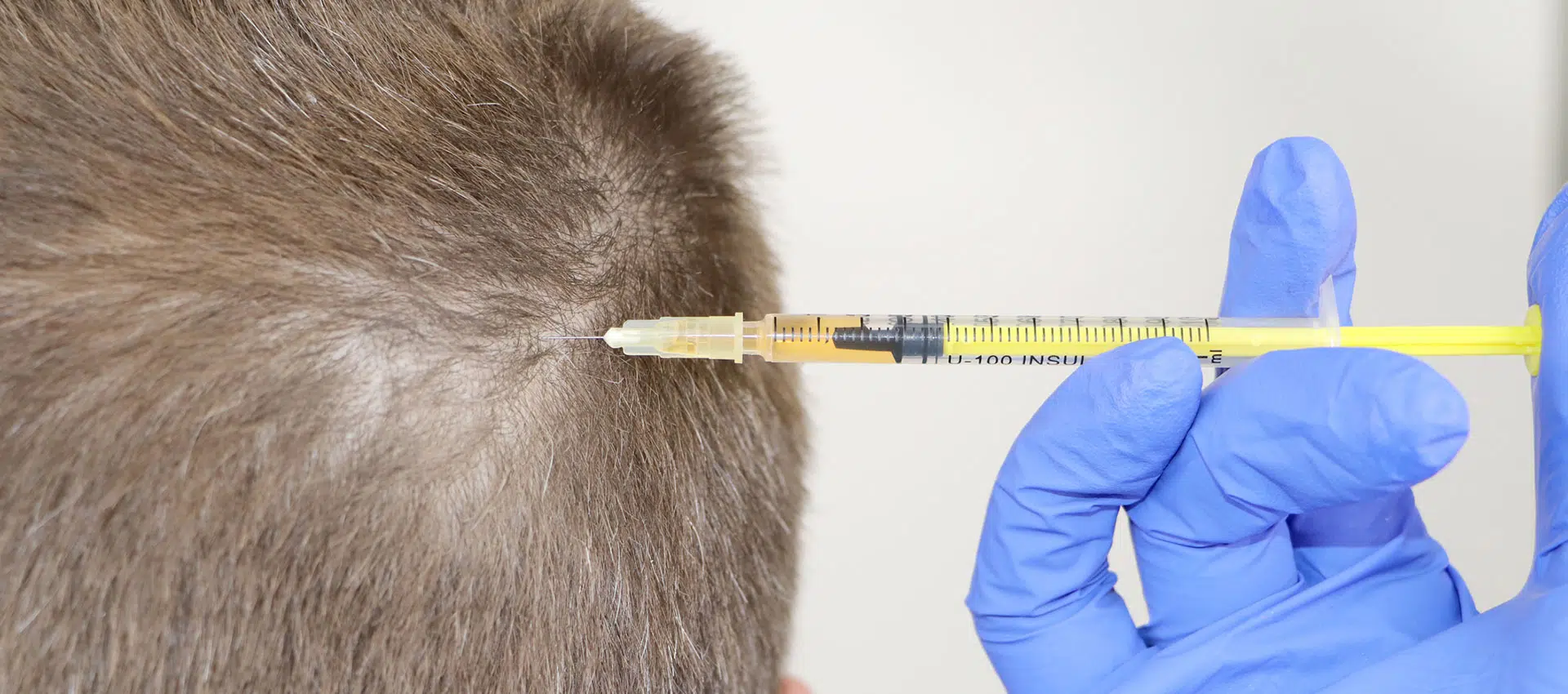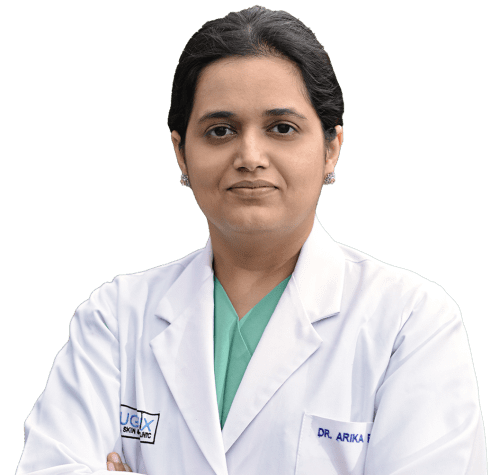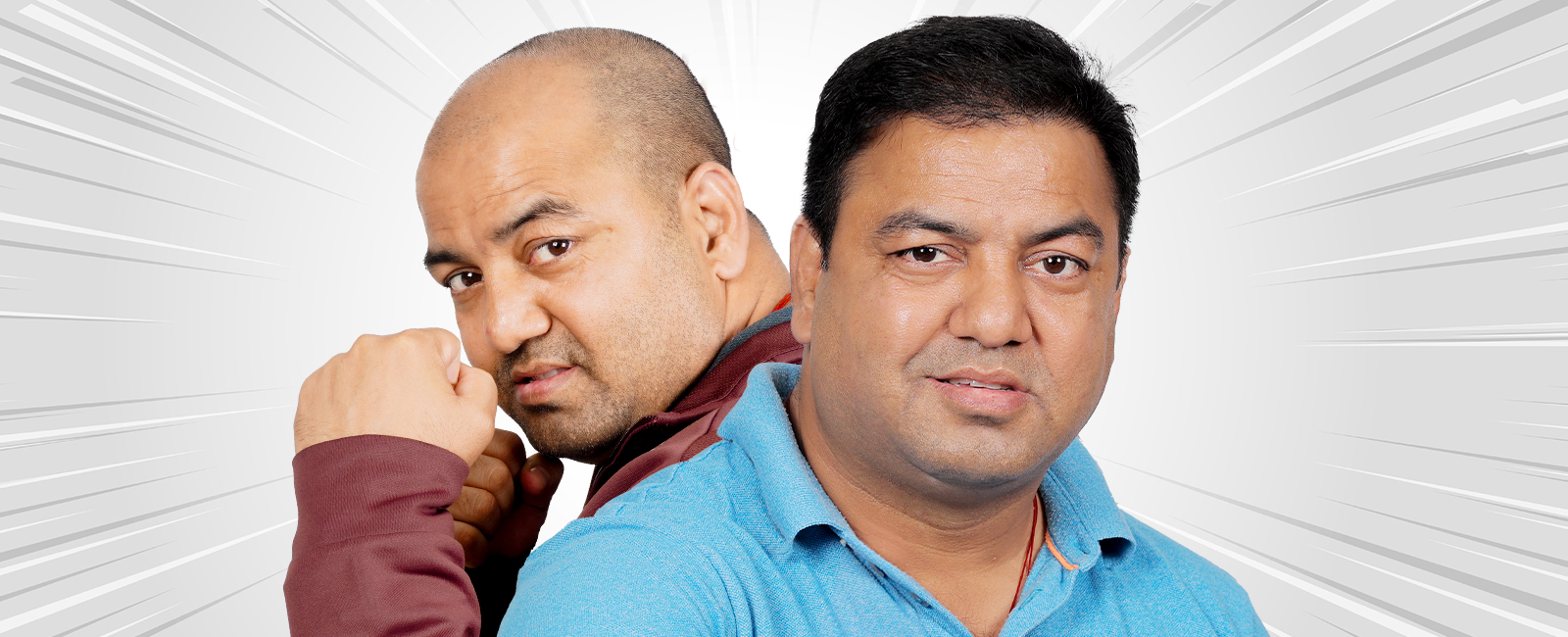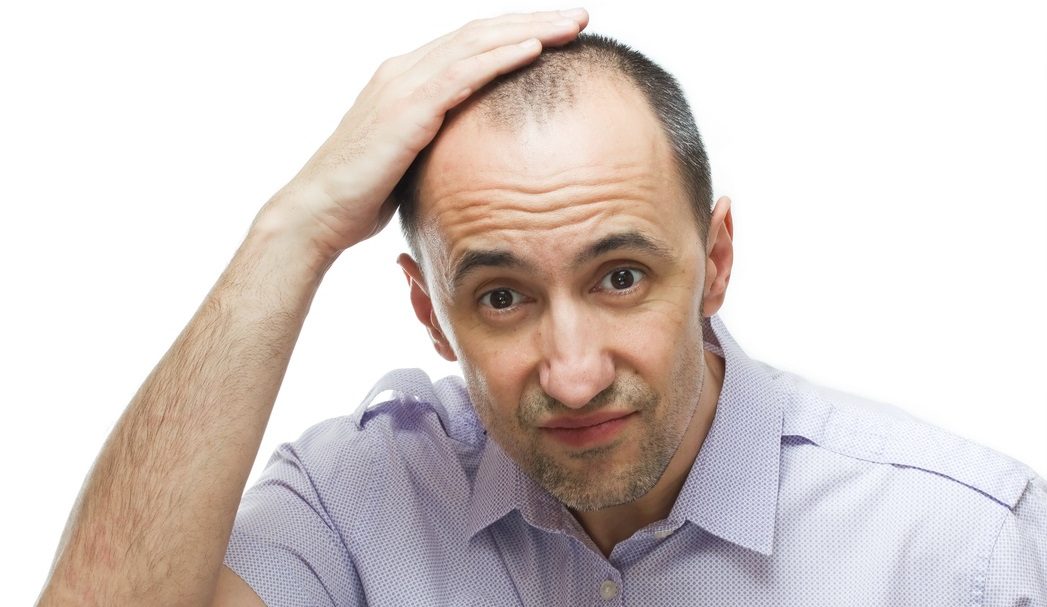Hair transplants have revolutionized the field of hair restoration, offering individuals a reliable solution for hair loss. However, like any surgical procedure, hair transplants come with their own set of potential pitfalls. To ensure a safe and successful hair transplant experience, it is important to recognize and avoid these common pitfalls. In this article, we will explore some essential tips for safe hair transplants, empowering individuals to make informed decisions and achieve optimal results.
Choosing a Reputable Clinic and Surgeon:
The first and most crucial step in ensuring a safe hair transplant is selecting a reputable clinic and an experienced surgeon. Do thorough research, read patient reviews, and consider recommendations from trusted sources. Look for a clinic that specializes in hair transplants and has a proven track record of successful procedures.
Verify the qualifications and credentials of the surgeon, ensuring they are certified and well-trained in hair transplantation techniques. A skilled surgeon with extensive experience will possess the expertise necessary to perform the procedure with precision, minimizing the risk of complications.
Understanding Realistic Expectations:
Having realistic expectations is key to a satisfactory safe hair transplant experience. Understand that hair transplants cannot provide overnight results. Hair growth takes time, and it may take several months before the transplanted hair begins to grow naturally.
Consult with your surgeon to gain a thorough understanding of the expected timeline, potential outcomes, and any limitations based on your unique situation. Clear communication and managing expectations will help avoid disappointment and ensure a more positive experience.
Pre-operative Assessment and Planning:
A comprehensive pre-operative assessment is vital for a safe hair transplant. The clinic’s medical team should evaluate your overall health, medical history, and any existing conditions that may impact the procedure or recovery. This assessment may include blood tests, physical examinations, and discussions about your expectations and goals.
Proper planning is essential, including determining the number of grafts required, the hairline design, and the technique to be used (FUT or FUE). Your surgeon should discuss these aspects with you, providing detailed information and addressing any concerns you may have. The more thorough the planning, the more likely you are to achieve the desired results.
Adequate Donor Area Assessment:
The donor area, typically the back or sides of the scalp, is where the hair follicles are harvested for transplantation. Assessing the donor area’s condition is crucial to ensure safe hair transplantation. The surgeon should evaluate the density, quality, and suitability of the donor hair, taking into account potential future hair loss and the need for additional procedures.
Avoid clinics that promise unrealistic results by extracting an excessive number of grafts from the donor area. Over-harvesting can lead to a visibly thin donor area and compromise future hair restoration options. An experienced surgeon will prioritize the preservation of the donor area while achieving satisfactory coverage in the recipient area.
Minimizing the Risk of Infection:
Infection is a potential risk associated with any surgical procedure, including hair transplants. To minimize this risk, it is essential to follow proper hygiene practices and adhere to post-operative care instructions provided by your surgeon.
Keep the transplanted and donor areas clean and dry during the initial healing phase. Avoid touching or scratching the scalp, as this can introduce bacteria and increase the risk of infection. Take prescribed medications as directed and follow the surgeon’s guidelines for washing and caring for your hair after the transplant.
Post-operative Care and Follow-up:
Proper post-operative care is crucial for safe healing and optimal results. Your surgeon should provide you with detailed instructions on wound care, medication usage, and lifestyle modifications during the recovery period. Follow these instructions diligently to minimize the risk of complications and promote safe healing.
Regular follow-up appointments with your surgeon are essential to monitor the progress of your healing and address any concerns or questions you may have. The surgeon will assess the growth of the transplanted hair, provide guidance on styling and hair care, and ensure that you achieve the desired outcome.
Recognizing and avoiding common pitfalls is essential for a safe and successful hair transplant. Choose a reputable hair transplant clinic and experienced surgeon, manage realistic expectations, undergo a thorough pre-operative assessment, and prioritize proper post-operative care. By following these tips, individuals can minimize the risk of complications and achieve natural-looking hair restoration results, ultimately enhancing their confidence and well-being.





